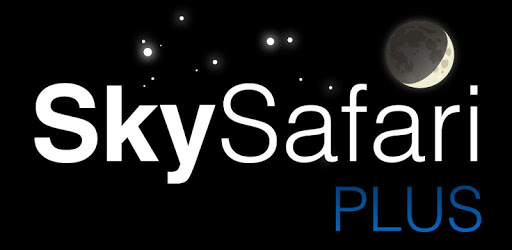
Some apps make the Milky Way in Canis Major appear to be incredulous – actually its very sedate there. Every app suffers from this problem in one way or another. The representation on the app is often NOTHING like what it may look to your eye in your location.No matter what time of night you enter, you won’t see the Milky Way (e.g. If you’re trying to find the Milky Way (the dense part in Sagittarius) but you try to use the app during a period when the Milky Way is not visible.Unless you keep the app brightness really low or use it in a “dark sky mode” (usually dim red), you’ll damage your night vision making it difficult or impossible to see dimmer objects in the night sky.And that MIGHT be right except for the following significant problems: It might seem that and android, iPad or iPhone app is the best tool since you can take it with you. We want to know where to look to observe a particular phenomenon like the Geminid Meteor shower.We are going to go to an unfamiliar place with a latitude that is very different from where we normally gaze at the night sky.


We’ll make the case for a paper (or plastic) planisphere in a moment. But ultimately we find the good old fashioned planisphere to be the most effective for most of what we want to do. In fact we DO use several apps for forecasting and navigating the night sky. We take exception to the “there is an app for that” assertion… but perhaps not for the obvious reason. Whenever we suggest purchasing a paper Planisphere our critics remind us that they are not necessary because “there is a great app” to do that. A topic that comes up a lot is discussion about what makes a good astronomy helper application.


 0 kommentar(er)
0 kommentar(er)
